-
 Bitcoin
Bitcoin $117300
1.93% -
 Ethereum
Ethereum $3866
5.21% -
 XRP
XRP $3.109
3.81% -
 Tether USDt
Tether USDt $1.000
0.01% -
 BNB
BNB $781.5
1.52% -
 Solana
Solana $173.0
2.95% -
 USDC
USDC $0.9998
0.00% -
 Dogecoin
Dogecoin $0.2181
6.31% -
 TRON
TRON $0.3403
0.93% -
 Cardano
Cardano $0.7683
3.91% -
 Hyperliquid
Hyperliquid $40.08
5.09% -
 Sui
Sui $3.742
7.38% -
 Stellar
Stellar $0.4152
4.69% -
 Chainlink
Chainlink $18.40
10.03% -
 Bitcoin Cash
Bitcoin Cash $580.6
2.21% -
 Hedera
Hedera $0.2543
4.25% -
 Ethena USDe
Ethena USDe $1.001
-0.01% -
 Avalanche
Avalanche $22.94
3.52% -
 Litecoin
Litecoin $121.8
2.24% -
 UNUS SED LEO
UNUS SED LEO $8.955
-0.41% -
 Toncoin
Toncoin $3.330
3.03% -
 Shiba Inu
Shiba Inu $0.00001270
2.97% -
 Uniswap
Uniswap $10.34
6.42% -
 Polkadot
Polkadot $3.805
3.86% -
 Dai
Dai $1.000
0.01% -
 Bitget Token
Bitget Token $4.429
1.80% -
 Cronos
Cronos $0.1495
4.65% -
 Monero
Monero $255.6
-9.08% -
 Pepe
Pepe $0.00001096
4.40% -
 Aave
Aave $282.9
7.85%
What triggers a liquidation event on a Coinbase futures position?
Futures on Coinbase allow leveraged bets on crypto prices, but if the mark price hits your liquidation level—triggered by margin ratio ≤100%—your position is automatically closed to prevent further losses.
Aug 08, 2025 at 01:15 am
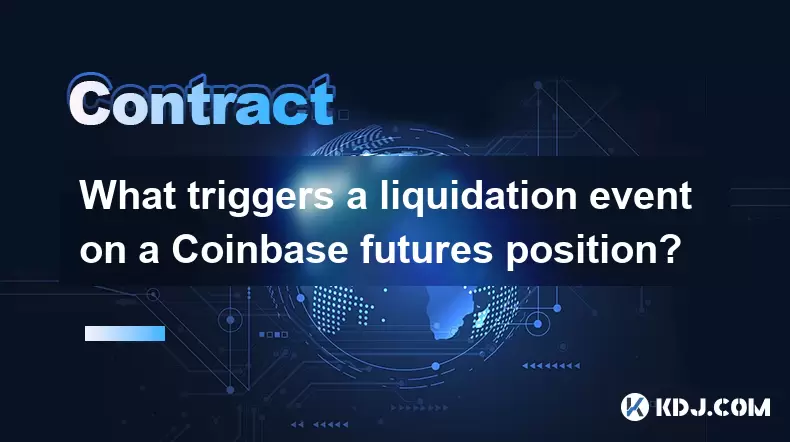
Understanding Futures Contracts on Coinbase
Futures contracts on Coinbase allow traders to speculate on the future price of a cryptocurrency, such as Bitcoin (BTC) or Ethereum (ETH), without owning the underlying asset. These contracts are traded on Coinbase Derivatives, which operates under the Coinbase Advanced Trade platform. When opening a futures position, traders use leverage, meaning they borrow funds to increase their exposure. While leverage can amplify gains, it also increases the risk of liquidation—a mechanism designed to prevent traders from losing more than their initial margin.
A futures position is typically opened with two components: initial margin and maintenance margin. The initial margin is the amount of capital required to open the position, while the maintenance margin is the minimum amount that must be maintained in the account to keep the position open. If the account equity drops below the maintenance margin level, the exchange initiates a liquidation event.
Price Movement and Margin Requirements
The primary trigger for liquidation is adverse price movement relative to the trader’s position. For a long position, if the market price of the asset drops significantly, the unrealized loss increases. For a short position, a sharp rise in price causes losses. The system continuously calculates the margin ratio, which is the account equity divided by the maintenance margin requirement.
- When the margin ratio falls to or below 100%, the position becomes eligible for liquidation.
- The liquidation price is the market price at which this threshold is reached.
- This price is dynamically calculated based on the entry price, leverage used, fees, and funding rates.
For example, if a trader opens a long position on BTC/USD futures with 10x leverage at $30,000, the liquidation price might be around $27,300 depending on fees and funding. If the market hits that level, the system will begin closing the position.
Leverage and Its Role in Liquidation Risk
Leverage directly affects the proximity of the liquidation price to the entry price. Higher leverage reduces the buffer between entry and liquidation. On Coinbase, leverage options range from 2x to 50x depending on the contract and market conditions.
- A 50x leverage position has a very narrow price tolerance. Even a 2% adverse move could trigger liquidation.
- A 5x leverage position can withstand much larger price swings before reaching the liquidation threshold.
Traders must understand that increasing leverage decreases the liquidation price for longs and increases it for shorts, making the position more vulnerable. The liquidation engine uses real-time mark prices from multiple sources to determine the current value of the contract, preventing manipulation.
Mark Price vs. Last Traded Price
Coinbase uses a mark price rather than the last traded price to determine liquidation. The mark price is a fair value estimate derived from the spot price of the underlying asset, adjusted for funding rates and time to settlement. This prevents liquidations due to temporary price spikes or flash crashes.
- If the last traded price briefly drops due to thin liquidity, but the mark price remains stable, liquidation may not occur.
- Conversely, if the mark price trends downward over time, even without large trades, it can trigger liquidation.
This mechanism protects the integrity of the market and ensures that liquidations reflect true market conditions. Traders can view both the mark price and index price on the Coinbase interface to monitor their risk exposure.
Partial and Full Liquidation Procedures
When a position reaches the liquidation threshold, Coinbase may execute either partial or full liquidation, depending on the system design and risk parameters.
- Partial liquidation closes a portion of the position to bring the margin ratio back above the maintenance level.
- Full liquidation closes the entire position if the margin deficit cannot be resolved by reducing position size.
During liquidation:
- The system uses a liquidation engine to execute market orders at the best available prices.
- Any remaining equity after fees and losses is returned to the trader.
- If the position cannot be closed fast enough and results in negative equity, Coinbase may use its insurance fund to cover the deficit, protecting other traders from cross-liability.
Traders receive notifications when their margin ratio approaches 100%, but execution is automatic and cannot be overridden.
How to Monitor and Avoid Liquidation
To prevent liquidation, traders must actively monitor their positions and manage risk. Key tools available on Coinbase include:
- Viewing the liquidation price directly on the position dashboard.
- Setting up price alerts for both entry and liquidation levels.
- Using stop-loss orders to close positions before reaching critical levels.
- Reducing leverage to increase the buffer against volatility.
Additional strategies:
- Adding margin manually to increase equity and push the liquidation price further away.
- Avoiding over-leveraged positions during high-volatility events like FOMC announcements or exchange listings.
- Regularly checking funding rates, as high negative or positive rates can erode equity over time.
Frequently Asked Questions
Can I cancel a liquidation once it starts?
No. Once the margin ratio hits 100%, the liquidation process is automatic and cannot be canceled. The system prioritizes market stability and risk control.
Does Coinbase charge a fee for liquidation?
Yes. A liquidation fee is applied, typically equivalent to a percentage of the position notional. This fee is separate from trading fees and is used to cover execution costs.
Why did my position get liquidated even though the chart shows a rebound?
Liquidation is based on the mark price, not the last traded price. Even if the market rebounds quickly, the mark price may have already triggered the liquidation threshold during the dip.
Is there a way to see the insurance fund balance on Coinbase?
Yes. Coinbase provides transparency by displaying the insurance fund balance for each futures contract on the derivatives dashboard. This allows traders to assess the platform’s capacity to handle extreme liquidations.
Disclaimer:info@kdj.com
The information provided is not trading advice. kdj.com does not assume any responsibility for any investments made based on the information provided in this article. Cryptocurrencies are highly volatile and it is highly recommended that you invest with caution after thorough research!
If you believe that the content used on this website infringes your copyright, please contact us immediately (info@kdj.com) and we will delete it promptly.
- Bitcoin Reserve, Gold Revaluation, Congress Considers: A New Era for US Financial Strategy?
- 2025-08-08 04:30:12
- KAITO's Momentum: Can It Reclaim Support Amidst Social Media Scrutiny?
- 2025-08-08 04:30:12
- Pi Coin's dApp and AI Potential: Building a Decentralized Future
- 2025-08-08 02:30:12
- Ruvi AI Takes the Lead: Outshining Dogecoin on CoinMarketCap
- 2025-08-08 02:50:12
- Cryptos Under $1: Is Ripple Still the King?
- 2025-08-08 03:50:12
- Cold Wallet, Bonk Price, ICP Price: Navigating the Crypto Landscape in 2025
- 2025-08-08 03:56:12
Related knowledge

What triggers a liquidation event on a Coinbase futures position?
Aug 08,2025 at 01:15am
Understanding Futures Contracts on CoinbaseFutures contracts on Coinbase allow traders to speculate on the future price of a cryptocurrency, such as B...
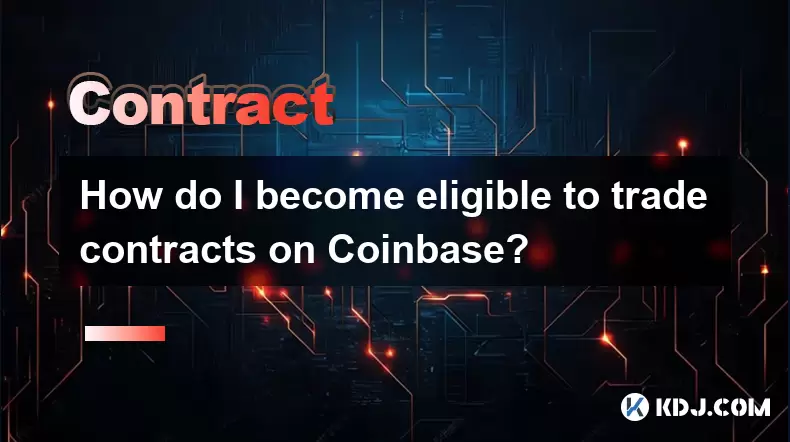
How do I become eligible to trade contracts on Coinbase?
Aug 08,2025 at 04:42am
Understanding Contract Trading on CoinbaseContract trading on Coinbase refers to the ability to trade derivative financial instruments such as futures...
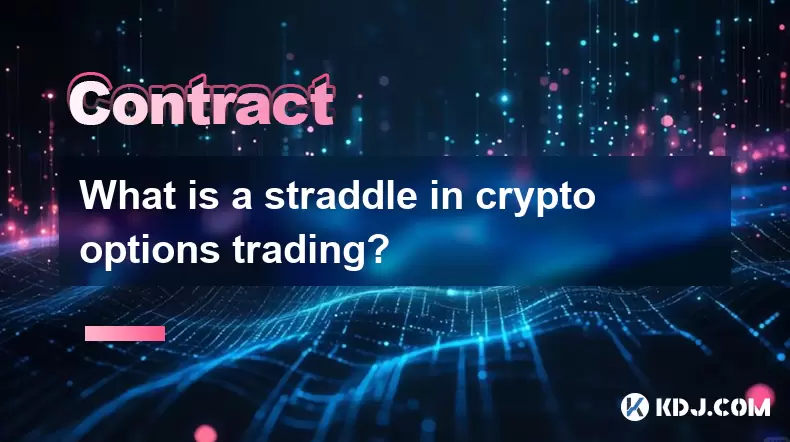
What is a straddle in crypto options trading?
Aug 07,2025 at 11:15pm
Understanding the Basics of a Straddle in Crypto OptionsA straddle is an options trading strategy used when a trader expects significant price movemen...
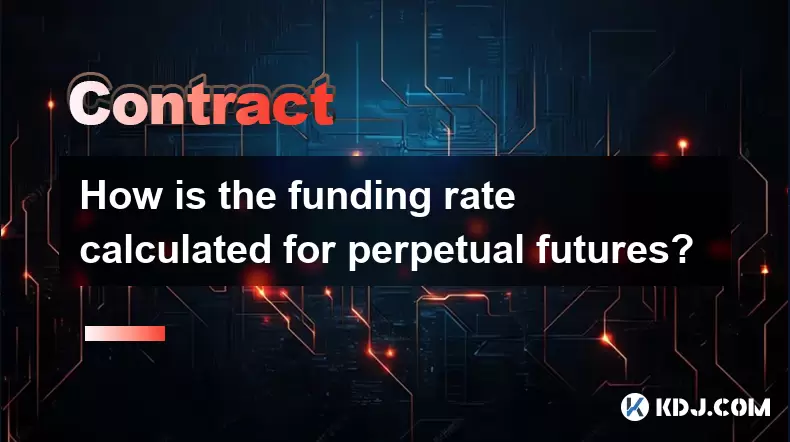
How is the funding rate calculated for perpetual futures?
Aug 07,2025 at 11:36pm
Understanding the Basics of Perpetual FuturesPerpetual futures are a type of derivative contract that does not have an expiration date, allowing trade...
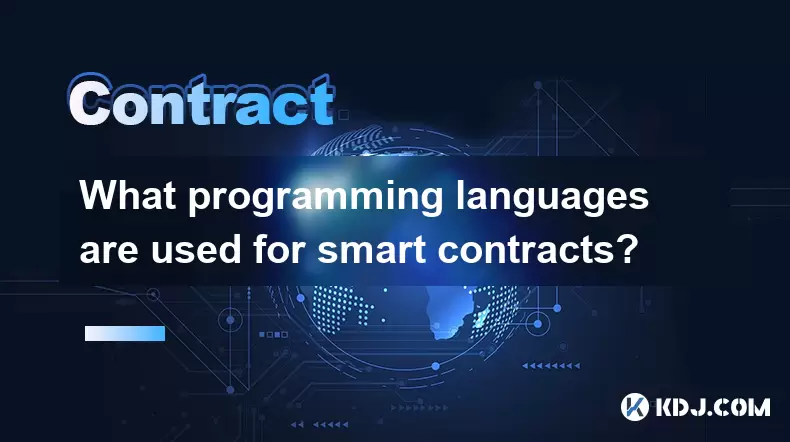
What programming languages are used for smart contracts?
Aug 07,2025 at 06:07pm
Understanding Smart Contracts and Their Execution EnvironmentSmart contracts are self-executing programs deployed on blockchain networks that automati...
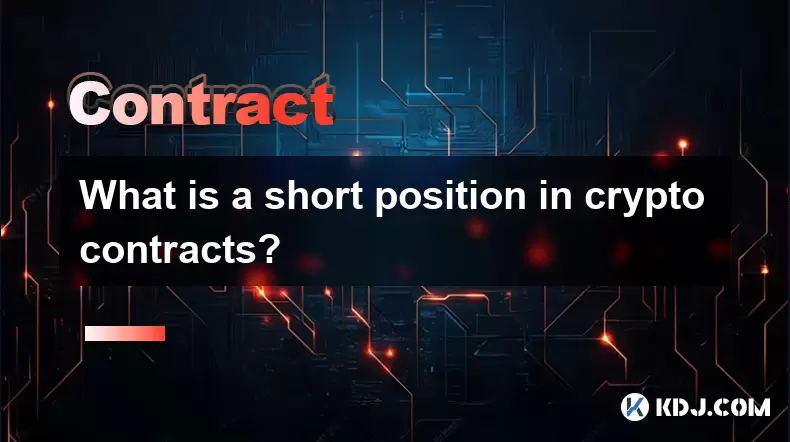
What is a short position in crypto contracts?
Aug 07,2025 at 11:42pm
Understanding the Concept of a Short Position in Crypto ContractsA short position in crypto contracts refers to a trading strategy where a trader prof...

What triggers a liquidation event on a Coinbase futures position?
Aug 08,2025 at 01:15am
Understanding Futures Contracts on CoinbaseFutures contracts on Coinbase allow traders to speculate on the future price of a cryptocurrency, such as B...

How do I become eligible to trade contracts on Coinbase?
Aug 08,2025 at 04:42am
Understanding Contract Trading on CoinbaseContract trading on Coinbase refers to the ability to trade derivative financial instruments such as futures...

What is a straddle in crypto options trading?
Aug 07,2025 at 11:15pm
Understanding the Basics of a Straddle in Crypto OptionsA straddle is an options trading strategy used when a trader expects significant price movemen...

How is the funding rate calculated for perpetual futures?
Aug 07,2025 at 11:36pm
Understanding the Basics of Perpetual FuturesPerpetual futures are a type of derivative contract that does not have an expiration date, allowing trade...

What programming languages are used for smart contracts?
Aug 07,2025 at 06:07pm
Understanding Smart Contracts and Their Execution EnvironmentSmart contracts are self-executing programs deployed on blockchain networks that automati...

What is a short position in crypto contracts?
Aug 07,2025 at 11:42pm
Understanding the Concept of a Short Position in Crypto ContractsA short position in crypto contracts refers to a trading strategy where a trader prof...
See all articles

























































































